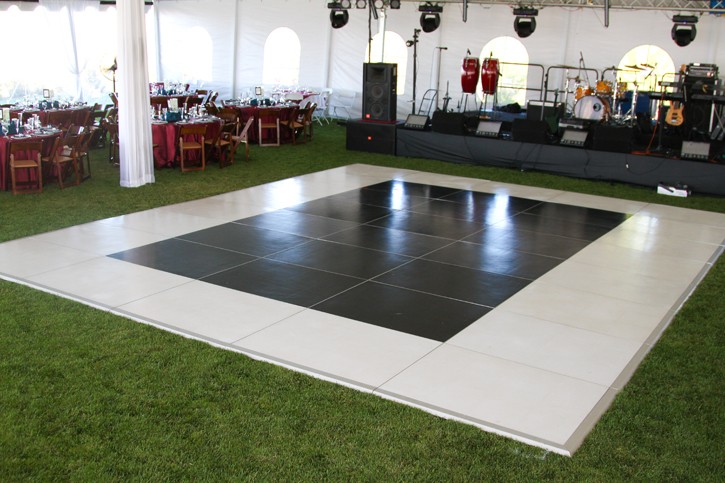Exploring the Advantages and Drawbacks of Timber and Vinyl Performance Surface Materials for Ideal Performance and Visual Appeal
Exploring the Advantages and Drawbacks of Timber and Vinyl Performance Surface Materials for Ideal Performance and Visual Appeal
Blog Article
When it comes to choosing the right dancing surface substance, timber and vinyl are two common choices that dancers and studio proprietors often evaluate. Each substance has its own unique benefits and disadvantages that can affect performance, safety, and visual appeal. Understanding these differences is essential for making an educated decision that meets the needs of dancers and improves the overall experience in a dancing studio or performance area.
Wood dance floors are often preferred for their traditional appearance and texture. They provide a organic surface that can absorb impact, which is advantageous for performers who perform high-impact movements. The elasticity of timber helps minimize the risk of harm, such as twists and stresses, by providing a supportive area. Additionally, timber surfaces can be restored, enabling them to keep their look over the years. This longevity makes them a sustainable investment for dancing spaces. However, wood floors can be more expensive to install and upkeep compared to vinyl options, and they may need consistent maintenance to avoid warping or harm from humidity.
Conversely, vinyl dancing floors offer a variety of benefits that make them attractive to many dancing spaces. One of the main benefits of synthetic is its cost-effectiveness. Vinyl surfaces is generally more affordable to purchase and install than wood, making it a cost-effective option for spaces. Furthermore, synthetic is available in a variety of hues and patterns, allowing for more personalization to match the aesthetic of the space. Vinyl surfaces are also easier to clean and upkeep, as they are impervious to marks and water. However, some dancers may discover that synthetic does not offer the same level of shock cushioning as wood, which could lead to discomfort during extended rehearsal periods.
Another important consideration to consider is the type of dance being performed. Various dance styles may demand distinct surface materials for optimal execution. For instance, ballet dancers often prefer timber surfaces because they provide a solid area for spins and leaps. In comparison, genres like hip-hop or jazz may benefit from the slip-resistant features of vinyl. It is crucial for dance studio proprietors to take into account the main dance styles taught in their studio when choosing a surface substance. This consideration can help ensure that dancers have the optimal potential environment while practicing and performing.
Aesthetics also play a major part in the decision-making procedure. Timber surfaces are often associated with sophistication and heritage, making them a favored option for formal dancing studios and theaters. The organic texture and richness of timber can create a inviting environment that enhances the overall experience for both dancers and audiences. On the other hand, synthetic floors can be designed to mimic the appearance of timber or alternative materials, offering a modern and stylish appearance. The decision between timber and synthetic can eventually hinge on the intended atmosphere of the space and the impact that dance studio owners want to create.
In conclusion, both timber dance floor rental for fall gatherings and synthetic dance floors have their own set of benefits and drawbacks that can impact performance and visual appeal. Timber surfaces provide longevity, impact cushioning, and a classic look, while vinyl surfaces offer affordability, ease of maintenance, and design versatility. The choice between these materials should be determined on the particular requirements of the performers, the types of dance being taught, and the overall concept for the dance studio. By thoughtfully evaluating these factors, studio owners can establish an atmosphere that enhances best execution and improves the enjoyment of dancing for all participating.